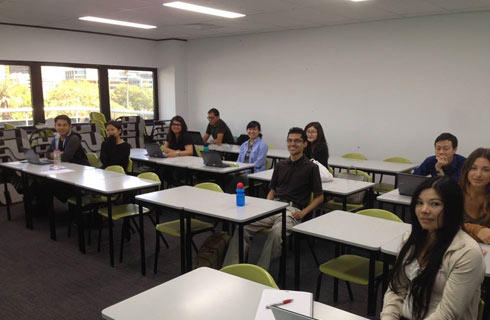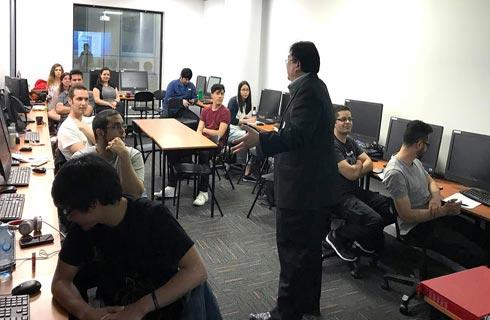
学历文凭
Ph.D.

专业院系
材料科学

开学时间

课程时长

课程学费

国际学生入学条件
Applicants to the Ph.D. program normally should have completed the requirements for the master's degree with at least a 3.25 grade-point average and have demonstrated creative ability. Normally the M.S. degree is required for admission to the Ph.D. program. Exceptional students, however, can be admitted to the Ph.D. program without having the M.S. degree.
IELTS Academic overall band score should be at least 7.0 is the minimum required.
TOEFL score on the paper and pencil test must be at least 560 or at least 87 on the internet-based test.
IDP—雅思考试联合主办方

雅思考试总分
7.0
了解更多
- 雅思总分:7
- 托福网考总分:87
- 托福笔试总分:560
- 其他语言考试:NA
课程简介
相关申请

预科

奖学金

实习机会

在校学习

跨境学习

校园授课-线上开始

在线/远程学习
学校排名
世界排名
17
数据源:泰晤士高等教育世界大学排名
关于加州大学洛杉矶分校

除了哈佛、耶鲁、普林斯顿,UCLA也许是中国学生与家长最为熟知的美国院校了。离太平洋海岸线不到5英里,与贝弗利山庄和好莱坞几分钟的路程,这样得天独厚的地理位置与高居不下的学术排名让UCLA成了众多孩子申请的默认目标。27000名在校生看上去数量很庞大,但其实,UCLA超过一半以上的班级人数都不到20人。他们分布在129个不同的本科专业当中。作为曾经全美公立大学排名第2的UCLA,拿的出手的专业自然相当多,其中最有名的应属工程和应用科学学院。作为NBA传奇球星贾巴尔的母校,UCLA在体育方面的造诣令人叹为观止。目前,UCLA的22支NCAA Division I 运动队获得的冠军头衔总数量排名全美所有高校的第一位。当中最受关注的是UCLA篮球队,无论输赢,场场爆满。每年注册参加UCLA校内运动项目的学生总量都超过8000人。
本校相关课程






其他相关课程

伦斯勒理工学院


西北大学


华盛顿大学


弗吉尼亚大学


孟菲斯大学


德克萨斯农工大学学院站分校








